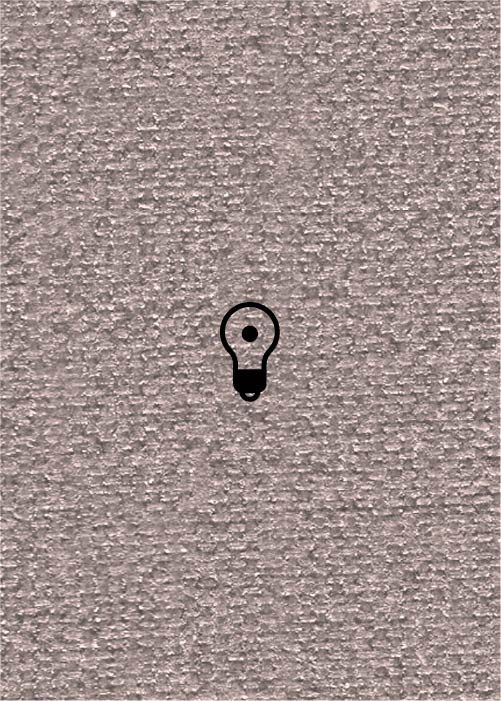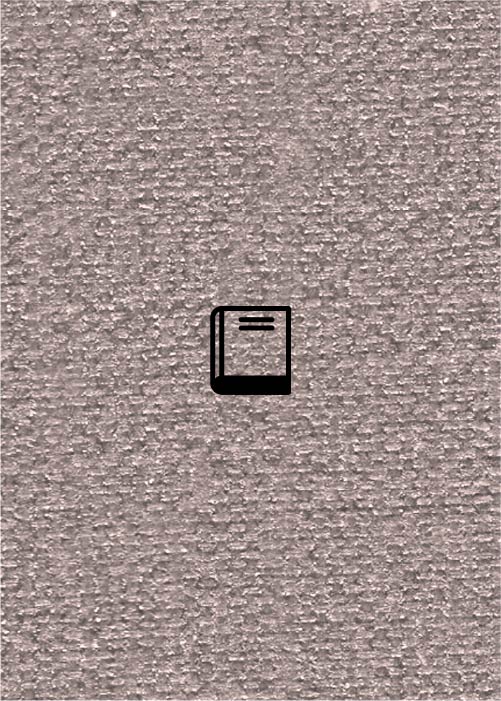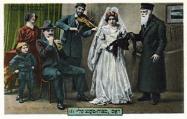(283 results found)

Badhan
… at weddings, and at Hanukkah and Purim celebrations. In Eastern European Jewish communities, the badhan worked as a …

Klezmer (pl. Klezmorim)
… Eastern-European Jewish folk musician, generally instrumentalist. …
Mitsve Tants
… bride’s hand. The ritual originated with Jews from central Europe and it is first mentioned in the 16th century, though … was in use since the 14th century and probably migrated to eastern Europe in the 18th century at the latest. In Jewish musar …
Baqqashah (Pl. Baqqashot)
… for all the Jerusalem Sephardim and members of other Middle Eastern Jewish congregations (such as the Persian, … them come from the Arabic-Andalusian tradition, with some eastern and even European influences. However, there are also unique …

A la recherche de chants perdus: la redecouverte des collections du “cabinet” de musique juive de Moisei I. Beregovski
… linguistiques et anthropologiques de France … … 1995 … Eastern Europe … Manuscripts … Archives … Ashkenaz … Europe … Beregovski … Russia … East … Eastern Ashkenazi … Vincent Dehoux … Israel Adler … A la …

The effect of the Holocaust on the study of East-European Jewish music
… York … … 1997 … Research … History … Holocaust … Hungary … Eastern Ashkenazi … Judit Frigyesi … The effect of the Holocaust on the study of East-European Jewish music …

Jews and Hungarians in Modern Hungarian Musical Culture
… Press … … 20th (Twentieth) Century … 1993 … Music … Eastern Europe … History … Hungary … Europe … Identity … Twentieth … Musical life … Kodaly … Zoltan … Bela Bartok … Leo Weiner … Eastern Ashkenazi … Judit Frigyesi … Ezra Mendelsohn … Jews …

Orality as religious ideal; the music of East-European Jewish prayer
… Centre … 38485 … 113-153 … … 2002 … Liturgy … Prayer … Eastern Europe … Europe … Orality … East … Liturgical music … Oral … Eastern Ashkenazi … Judit Frigyesi … Orality as religious …

The unique musical style of Eastern-European Jewry
… Academy … 38473 … Jan-22 … … 1992 … Jewish … Music … Eastern Europe … Hungary … Europe … East … Jewish music … Musical styles … Eastern Ashkenazi … Judit Frigyesi … The unique musical …

The variety of musical styles music in the Ashkenazi service
… Yearbook … Jewish Studies Yearbook … 38471 … Central European University … … 2002 … Liturgy … Prayer … Synagogue … Performance practice … Ashkenazi … Performance … Service … Eastern Ashkenazi … Judit Frigyesi … The variety of musical …




